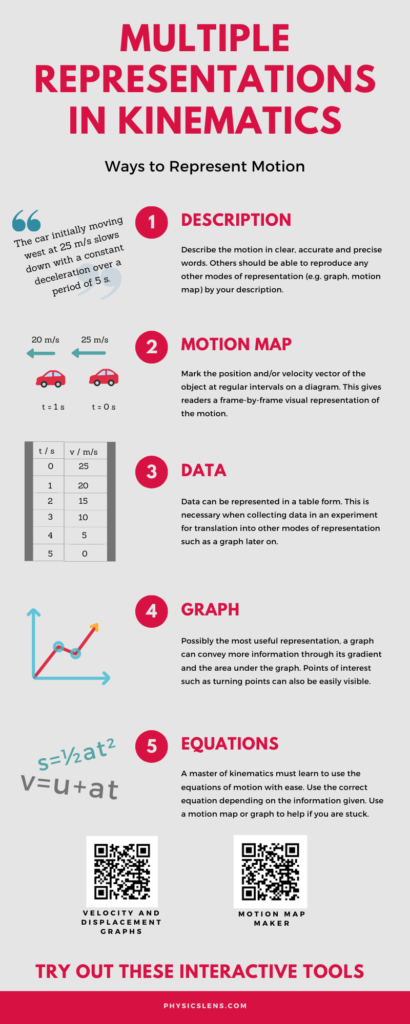One common misconception among new learners of kinematics is that acceleration of an object being thrown upward is zero at the top of the path when it is momentarily at rest. I created this interactive, along with the 3 graphs in order to help students relate the vectors to the graphical representation of motion.
It is also worth noting that students often have conflicting ideas of the acceleration at the beginning of the throw, as they are aware that a resultant upward acceleration is necessary for the object to start moving upward in the first place. Hence, it must be stressed that the animation begins after the ball has left the throwing hand.
For a view that is optimized for your screen, visit https://www.geogebra.org/m/zvsydy9f.


